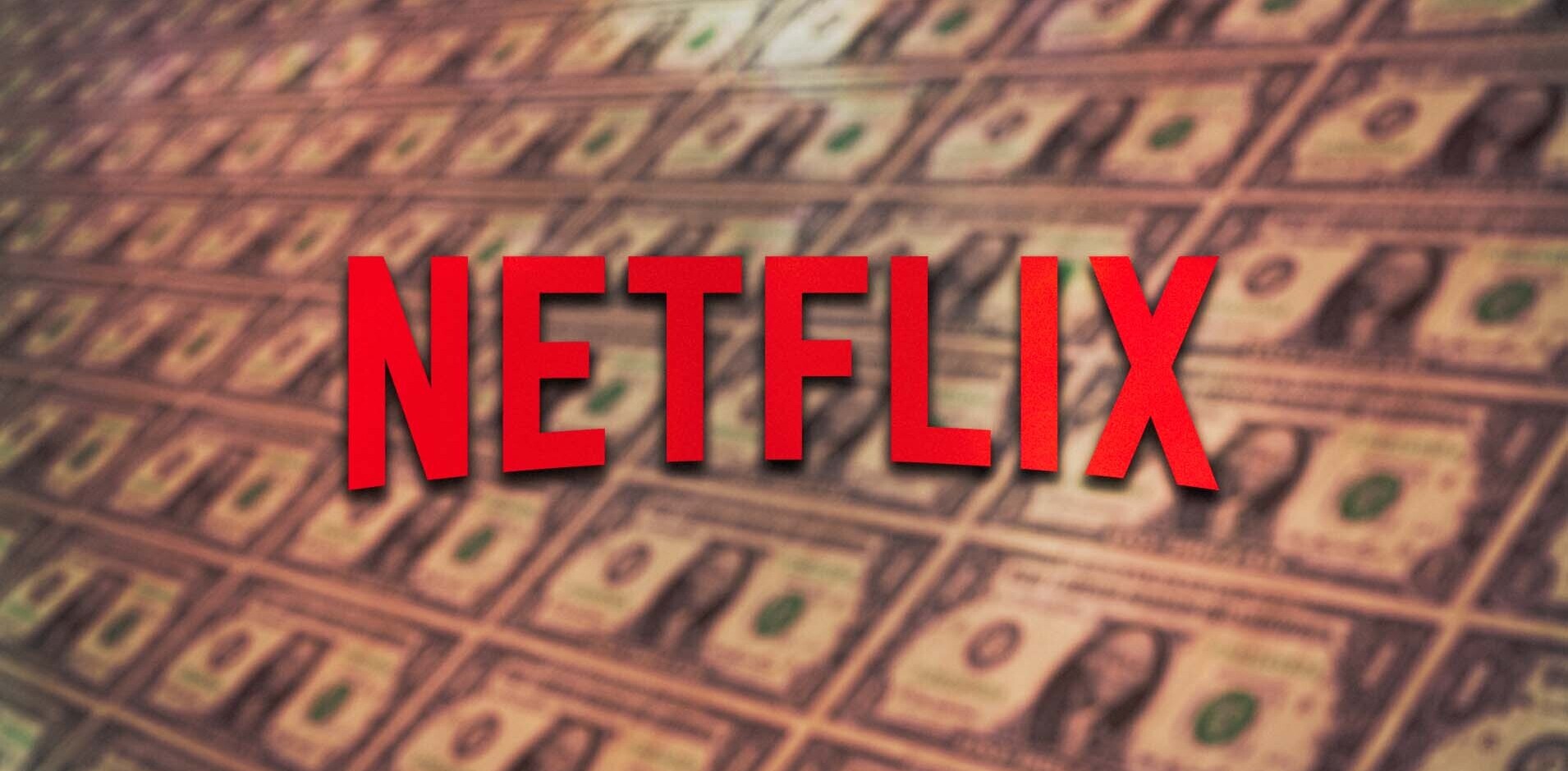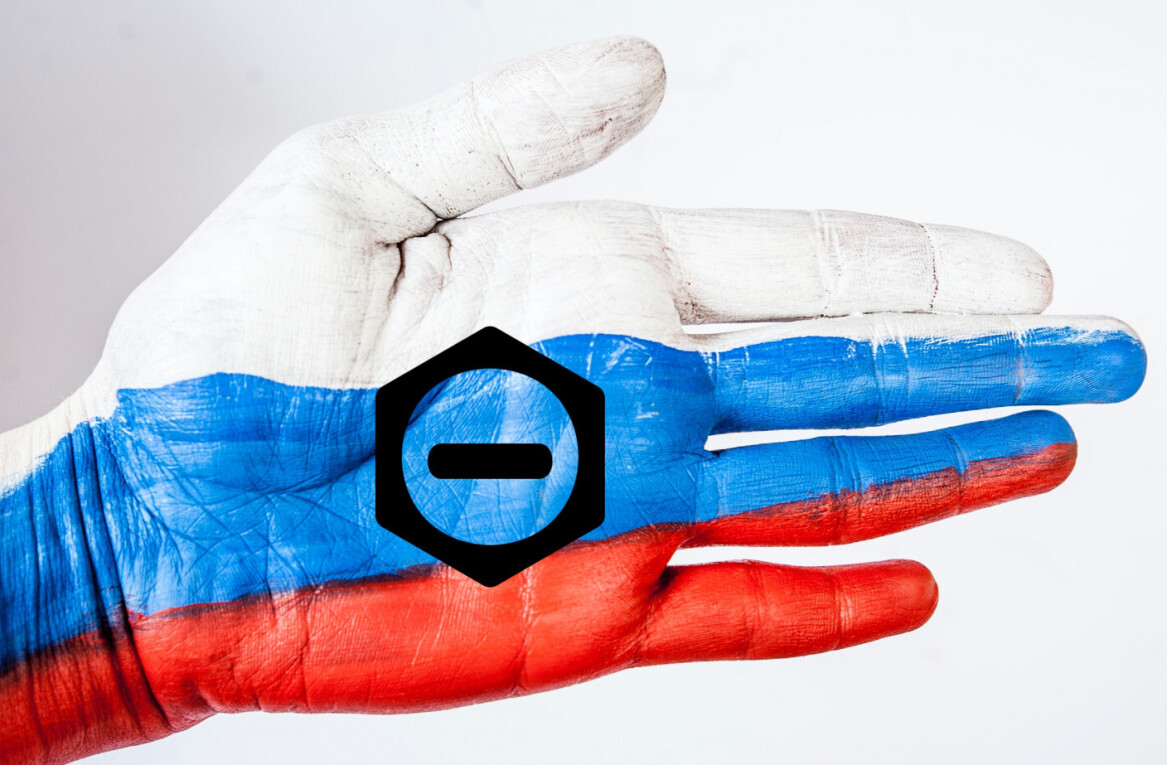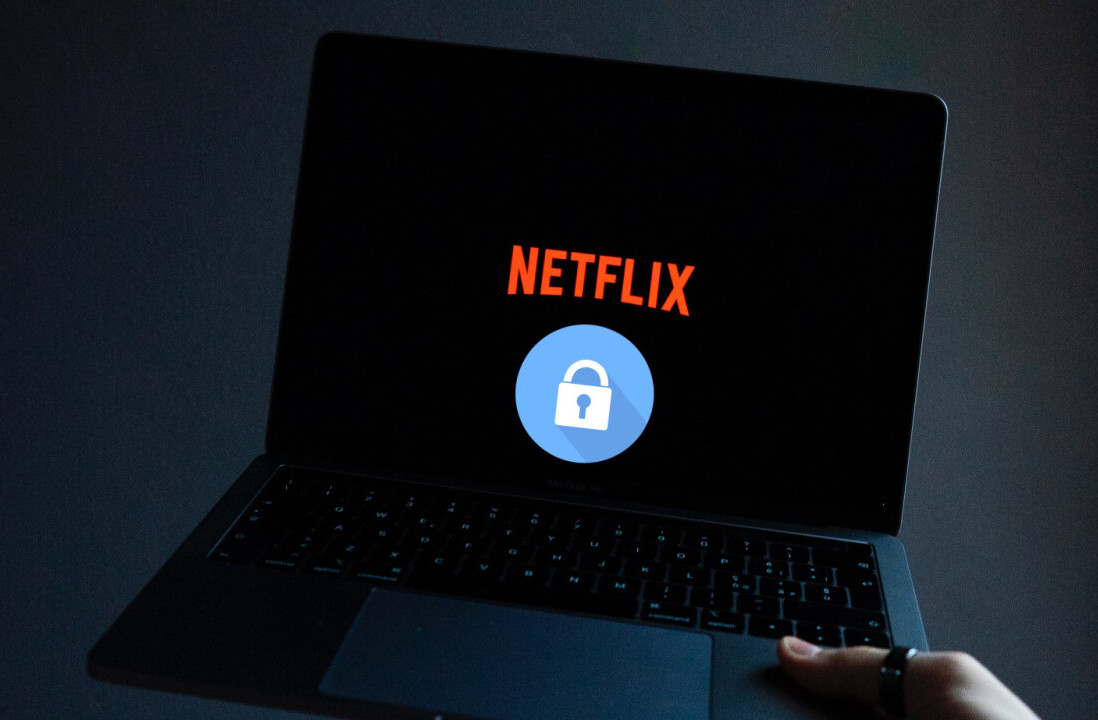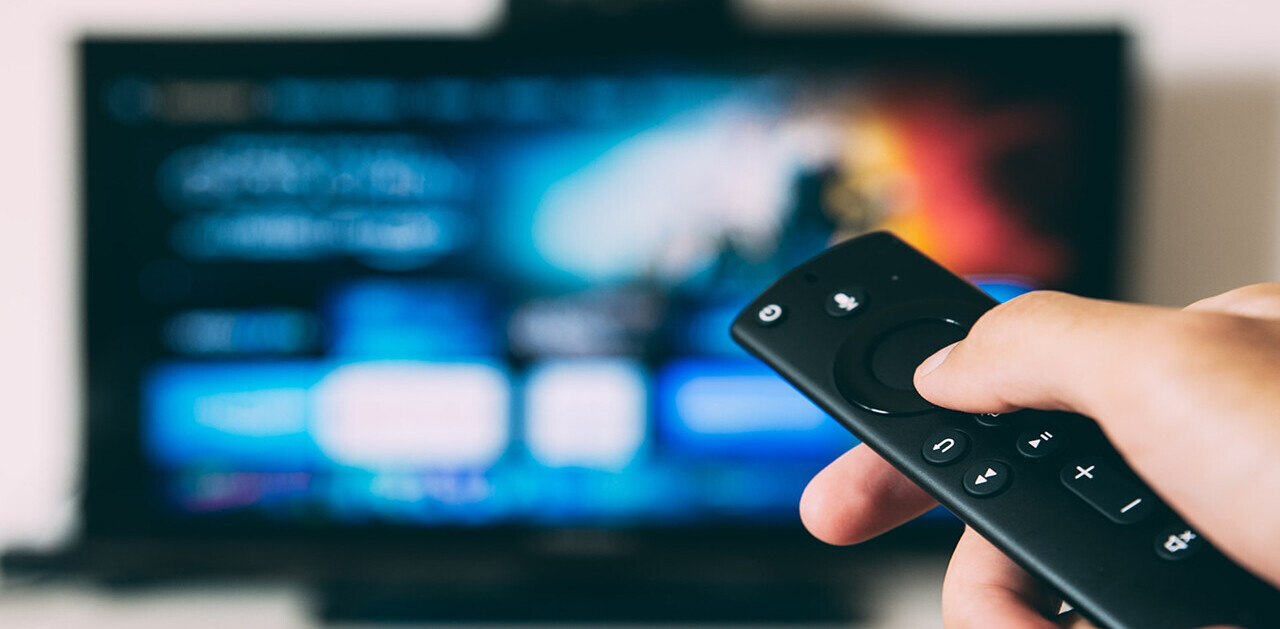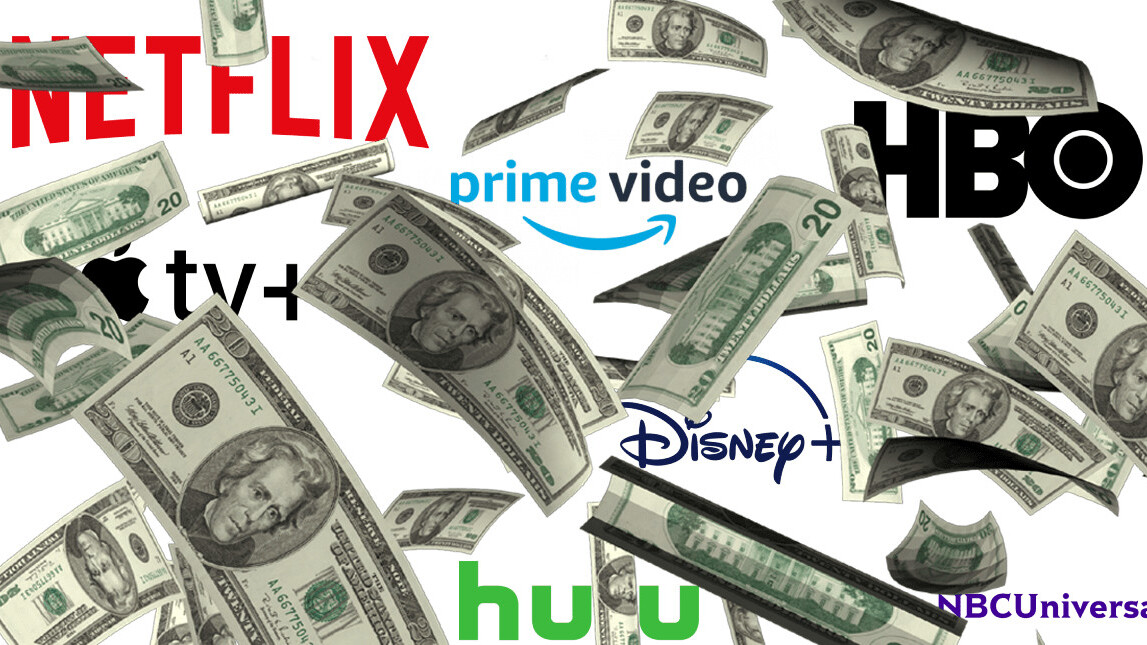
Streaming in 2019 is massively different to what it was a few years ago. This year alone, multiple new services have either launched or been revealed, disrupting what was, until recently, a one-horse race. So do we, the viewers, win or lose in this big race for our attention?
Netflix and shill
There was a time when Netflix was the only game in town. It started a revolution in the digital film distribution, and once upon a time you could find just about anything you wanted on it (particularly when its DVD business was more of a cornerstone than it now is). When it hit upon the idea that it didn’t need to be tethered to physical media, it was basically over for the likes of poor old Blockbusters.
Netflix’s digital platforms used to be without peer — the closest thing it had to competition in the early ‘00s was probably Redbox. But that’s changing as more and more services have started springing up, each with their own libraries and exclusives. An unnamed film executive told The Washington Post, “Netflix once owned the future of television because they were the only ones doing it. And now in a way they’re in the weeds with everyone else.”
Over time, Netflix has slowly started pushing aside the existing shows its hosted in favor promoting its own original programming. According to Streaming Observer, the platform’s film library shrunk by 40 percent in the last five years, with 2,600 fewer movies to watch. The primary reason for that, the Observer reckons, is because of the increasing amount of competition its facing.
Pricing is also an issue. Netflix raised the price of its subscription in April, including the price of the Basic plan, which had never before gone up. This has not gone down well with consumers. According to Netflix’s July earnings reports, the company added half of its estimated subscribers in that quarter. Its stock subsequently dropped by over 10 percent.
So with consumers no longer being satisfied with Netflix, where would they turn? By the end of this year, everyone has far more options than before.
…and in walked Disney
One of the biggest changes to the dynamic was the launch of Disney+. One might scoff at Disney+ for being a singular company’s exercise in self-congratulation, lacking in Netflix’s potential for original features. And if the company in question weren’t Disney, an entity so terrifyingly massive it slightly resembles an eldritch god, that might indeed by the case.
Hulu preceded it, of course, but I’m not sure if anyone really saw Hulu as the major Netflix competitor — even its founder Peter Chernin seems to think the suits behind it whiffed the marketing. But Disney seems determined not to make that same mistake.
Disney+ was originally marketed as a kid-friendly service, as is typical for the Disney Company. In contrast to Netflix, which puts the spotlight on mature content, Disney+ promised to be a veritable treasure trove for children, those who look after children, and those children at heart who grew up with Disney and still voraciously consume all the company puts out (guilty).
So even before the service launched, it already seemed clear that it would be a good choice for parents of children aged anywhere from fetus to fourteen. But how could it grab the attention of the entire world, even those who initially had no interest in Disney?
Disney needed some great word of mouth, and it knew exactly how to generate that.
I don’t think it’d be much of an exaggeration to say a major factor in the changing streaming landscape has been a single character in a single show. I speak of Baby Yoda, the fan name for the unutterably adorable living MacGuffin from the Disney+ series The Mandalorian. With his big eyes and ears, incoherent snuffles, and attachment to the titular character, Baby Yoda has an almost preternatural ability to capture hearts.
This was not an accident. Disney is the ultimate marketer and it painstakingly crafted the ultimate marketing tool. It was even wise enough to withhold Baby Yoda toys, knowing that further viewings and word of mouth would drive people to Disney+ out of curiosity. So far, this tactic seems to have worked: Within weeks, Baby Yoda was the subject of more online conversation than any of the 2020 US Presidential candidates.
The war for exclusives
We’re not at the end yet. We’ve also got Peacock, NBCUniversal’s streaming service, in the works. WarnerMedia is prepping to launch HBO Max sometime early next year. Viacom and CBS are rumored to be working on a streaming service in the wake of their merger — not much is known about it, but Viacom did acquire streaming service Pluto last year, while CBS has its own service called CBS All Access.
TNW spoke with Kevin Westcott, the vice chairman of Deloitte consulting firm and the lead of its US Telecom, Media & Entertainment division, about the future of streaming services and just what companies such as Disney will have to offer their customers. Westcott said, “It comes down to, ‘Do you have a library of content that will attract a userbase?’ Half of consumers subscribe to services for its exclusives.”
There’s some irony in the major factor in the streaming wars being pre-existing content. While it was originally known as a DVD service, Netflix has fought very hard to make sure its original content is the figurehead of its enterprise. Now new streaming services are selling themselves less on their original content, then by a combination of original content and exclusive access to older content.
You can see this best in the way the services are divvying up movies and tv shows like they’re plots on a Monopoly board:
- Disney is of course hoarding everything its ever had access to, which includes Star Wars, the Marvel films, Pixar, National Geographic, and The Simpsons
- Peacock, NBCUniversal’s offering, will have The Office, Parks and Recreation, Keeping Up With The Kardashians, 30 Rock, and House
- The main difference between HBO Max (WarnerMedia’s upcoming service) and HBO Now (WarnerMedia’s current service) is that Max will have Sesame Street, South Park, the DC film library, the Studio Ghibli library, Friends, The Big Bang Theory, and Doctor Who
There’s also competition for original shows, too. Amazon’s Prime Video Originals, which include The Boys, Good Omens, Carnival Row, and The Man in the High Castle, have been very well-received. Apple this year revealed several shows for its Apple TV+ service, including See, Dickinson, and Oprah’s Book Club.
The companies are also going to have to figure out the hard way if they have the stomach to interact directly with customers. Westcott pointed out that there are a number of downsides to cutting out the Netflix middleman. “Do you want to be in the direct consumer business?” He also pointed out any company that did so would require “large amounts of human and financial capital.”
What do we get out of it?
But what does this mean for the consumers? At the moment, it means that there are a multitude of platforms with different content out there — and they all cost money. So while this embittered competition might result in a cornucopia of fresh content we otherwise would never see, it also means we’ll effectively have to pick sides.
The war for exclusives means that the average viewer is very unlikely to see every new movie or show available on a streaming service — not unless they’re willing to pay a high premium. My colleague Yaron tallied what a subscription to all of the different streaming platforms would cost, and you’ll probably be unsurprised to find out that the cost is quite high — up to $87 a month.
And if that number sounds familiar, it’s because it’s comparable to how much the average cable plan will cost you on a given month. One has to wonder how long it’ll be before someone creates a bundle that’ll put all of these services together, and then we’ll be right back where we started.
Of course, there is one advantage to having these different subscriptions: if you wish to cancel one, you can do so without having to cancel the whole kit and kaboodle. The a la carte nature of competing digital distribution means we have options, which is frequently anathema to cable.
Still, with so many different services now, it’s almost a matter of how much disposable income you have, rather than what you want to watch. Depending on how many companies decide to start a streaming service, it may come to the point where the average viewer literally cannot afford to keep up with everything. Or homeostasis might win out now that all of the major media conglomerates have put their own figurative horses in the race.
Until then, we’ll always have Baby Yoda.
Get the TNW newsletter
Get the most important tech news in your inbox each week.
